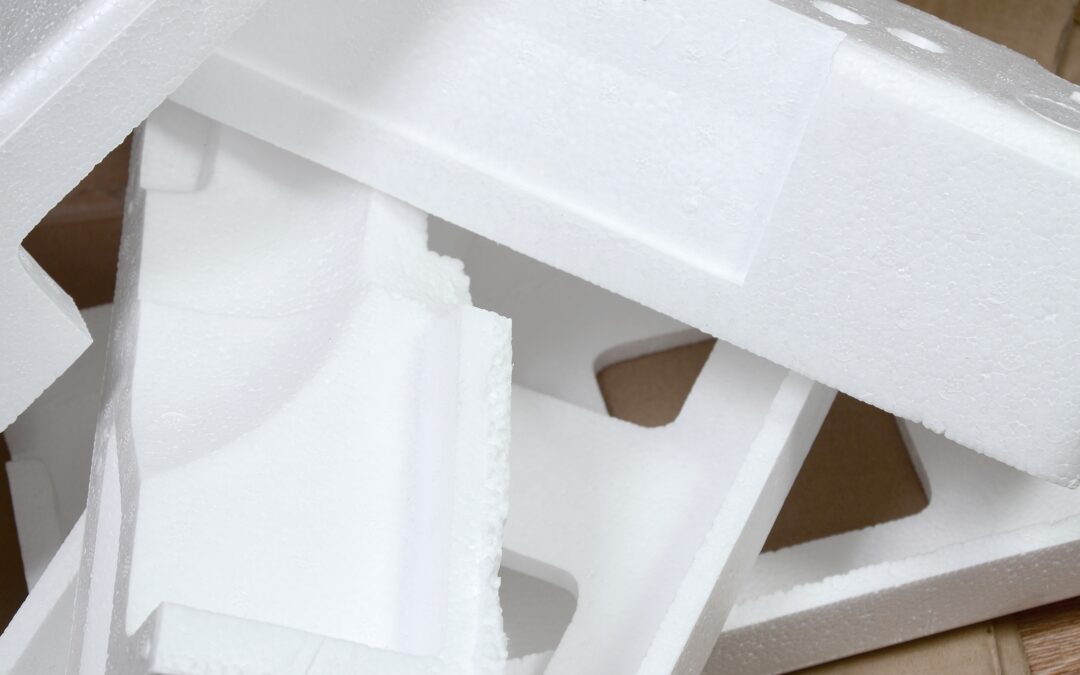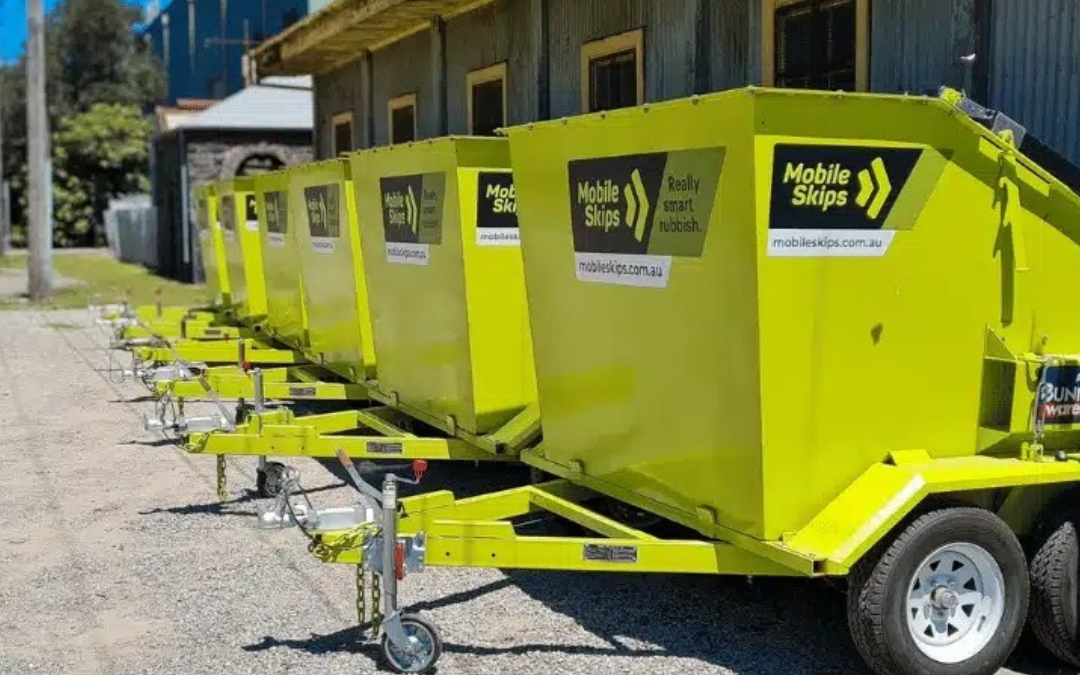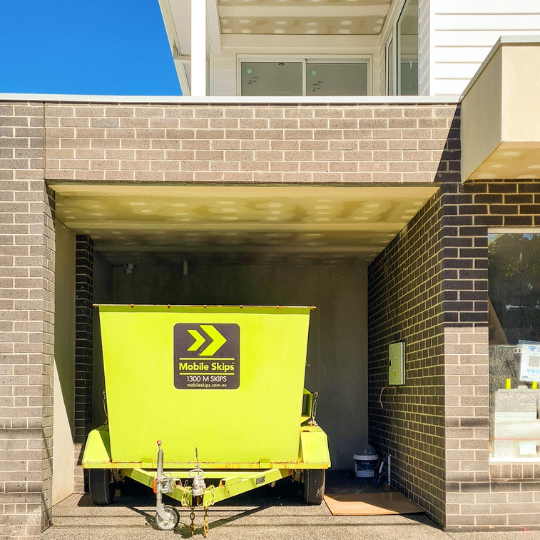Planning Your DIY Renovation
Before you start knocking down walls or picking out paint colors, it’s super important to plan your DIY renovation right. This section will help you set your renovation goals and budget for your project.
Setting Your Renovation Goals
First things first, know what you want to achieve with your renovation. Ask yourself:
- Which rooms or areas need a facelift?
- What style or vibe are you going for?
- Are you looking to boost your home’s market value?
- Do you need to fix specific issues like old fixtures or a bad layout?
Jotting down your goals will keep you on track and organized throughout the project. For some inspiration, check out our DIY home renovation ideas and easy DIY home renovations.
Budgeting for Your Project
Creating a budget is key to avoiding overspending. Start by listing all the supplies and products you’ll need. Get estimates from pros to get an idea of labor costs (The DIY Playbook).
Here’s a sample budget template to get you started:
| Item/Service | Estimated Cost (USD) |
|---|---|
| Paint | $200 – $400 |
| Flooring | $1,000 – $3,000 |
| Electrical Work | $500 – $1,500 |
| Plumbing | $800 – $2,000 |
| Fixtures | $300 – $700 |
| Labor | $2,000 – $5,000 |
| Miscellaneous | $500 – $1,000 |
Having a detailed budget will help you track expenses and make adjustments if needed. For more budget-friendly ideas, visit budget-friendly home renovations and DIY home renovation on a budget.
Planning your renovation carefully and setting a realistic budget will set you up for success. For more tips, explore our home renovation tips and related articles like DIY bathroom renovations and DIY kitchen renovations.
Essential Safety Tips
When diving into your DIY home renovations, keeping yourself safe is a top priority. Follow these tips to dodge accidents and stay injury-free while you work on your project.
Safety Gear and Equipment
Wearing the right gear is a no-brainer to protect yourself from potential hazards. Here’s your must-have safety checklist:
- Respirators: Keep your lungs clear of dust, fumes, and other nasty particles.
- Gloves: Save your hands from cuts, splinters, and chemicals.
- Safety Glasses: Shield your eyes from flying debris.
- Ear Muffs: Protect your hearing from loud noises, especially when using power tools.
- Protective Headgear: Guard your noggin from falling objects.
- Chaps: Keep your legs safe from sharp objects and tools.
- Work Boots: Make sure your feet are safe from heavy items and sharp debris.
For more details on safety gear, check out This Old House.
Handling Tools Safely
Using tools the right way is key to staying safe. Here are some tips for handling tools:
- Sharp Blades: Always use sharp blades on cutting or carving tools. Sharp blades need less force, reducing the risk of slips and mistakes that could lead to injury (This Old House).
- Hand Tools: Treat hand tools with the same respect as power tools. They can be just as dangerous if not handled properly (This Old House).
- Right Tool for the Job: Using the right tool for your project is crucial in preventing injuries. Improper tool use is a common cause of accidents during home renovation tasks (This Old House).
For a more detailed guide on handling tools, check out our article on DIY home renovation tools.
Tool Safety Tips
| Tool Type | Safety Tip |
|---|---|
| Power Tools | Always wear ear protection. |
| Hand Tools | Keep blades sharp to avoid slips. |
| Ladders | Ensure stability before climbing. |
Besides these tips, using plastic sheets to protect furniture and create divisions between spaces during messy projects is smart. Also, having more contractor bags and a shop vac can make cleaning up dust and debris a breeze (NYMag).
By following these safety tips, you can enjoy your DIY home renovation projects while keeping injuries at bay. For more safety and home renovation tips, explore our related articles.
Waste Management Strategies
Got a DIY home renovation project on your hands? Managing waste properly is a game-changer. It keeps your space clean, safe, and kind to the planet. Let’s break down some smart ways to handle waste and go green while you’re at it.
Efficient Waste Removal
Keeping your workspace tidy during DIY home renovations is a must. One of the easiest ways to do this is by hiring a skip bin service. Companies like Mobile Skips offer skip bins in various sizes, delivered to your doorstep within three hours. These bins sit on registered trailers, so no need to hassle with a council permit.
What You Can Toss:
| Waste Type | Examples |
|---|---|
| General Junk | Furniture, timber, clothes, household stuff, office supplies, electrical goods |
| Building Debris | Plaster, timber, carpet, steel |
| Green Waste | Garden clippings, trees, branches |
Each bin has a weight limit, so pick one that fits your needs. For smaller projects, multiple smaller bins can help you sort waste better.
DIY Waste Removal Tips:
- Sort It Out: Separate your waste into general, building, and green categories.
- Use Skip Bins: Rent skip bins for easy disposal. Stick to the weight limits.
- Plan Ahead: Schedule your bin delivery in advance to avoid any hiccups.
Need more tips? Check out our DIY decluttering tips page.
Eco-Friendly Disposal Methods
Going green with your waste disposal not only keeps your space neat but also helps the environment. Here are some eco-friendly strategies:
Recycling:
A lot of materials from your DIY projects can be recycled. Companies like Mobile Skips work with top waste management firms to ensure responsible recycling. Common recyclables include:
- Metal scraps
- Timber
- Paper and cardboard
- Certain plastics
Donations:
Got items that are still usable? Donate them to local charities or second-hand stores. Furniture, appliances, and building materials can find a new home.
Composting:
Turn your green waste like garden clippings, branches, and leaves into compost. It’s a great way to reduce waste and enrich your garden soil.
Eco-Friendly Services:
Choose services that care about the environment. For instance, Mobile Skips partners with Carbon Neutral to plant a tree for every rubbish collection booked online. This helps offset carbon emissions and supports reforestation.
Top Eco-Friendly Disposal Tips:
- Recycle: Sort and recycle materials responsibly.
- Donate: Give usable items a second life.
- Compost: Turn green waste into garden gold.
- Go Green: Opt for services that prioritize sustainability.
For more eco-friendly tips, visit our DIY decluttering methods page.
By following these waste management strategies, your DIY home renovation will be smooth, efficient, and eco-friendly.
DIY Renovation Tools
Ready to roll up your sleeves and give your home a facelift? Let’s talk about the tools you’ll need to make your DIY renovation a breeze. This guide will walk you through the essentials and give you some top picks to keep your project on track.
Must-Have Tools
Before you dive into your DIY adventure, make sure you’ve got these must-have tools in your arsenal:
- Ladder: Whether you’re painting, changing light fixtures, or just reaching those pesky high spots, a sturdy ladder is your best friend.
- Impact Driver: The DeWalt 20-volt impact driver is a beast for heavy-duty tasks like removing cabinetry.
- Reciprocating Saw: Known as a Sawzall, this tool is perfect for breaking down bulky items like old cabinets.
- Plastic Sheets: Keep your furniture safe and create barriers for messy projects with some good plastic sheeting.
- Shop Vac: Clean up dust and debris in a snap with a reliable shop vac.
- Drill: A lightweight, user-friendly drill like the DeWalt 20-volt Max is a staple for any renovation.
- Brad Nailer: For woodworking projects like trim work and cabinetry, the Ryobi 18 Gauge Brad Nailer is a top pick.
Tool Recommendations
Here are some top recommendations to help you choose the best tools for your DIY projects:
| Tool | Recommendation | Description |
|---|---|---|
| Ladder | Werner Multi-Position Ladder | Versatile and sturdy, perfect for various tasks. |
| Impact Driver | DeWalt 20-volt Impact Driver | Powerful and efficient for heavy-duty tasks. |
| Reciprocating Saw | DeWalt Reciprocating Saw | Ideal for breaking down bulky items. |
| Plastic Sheets | Husky Plastic Sheeting | Protects furniture and creates barriers. |
| Shop Vac | Shop-Vac 12 Gallon | Efficiently cleans up dust and debris. |
| Drill | DeWalt 20-volt Max Drill | Lightweight and user-friendly, great for beginners. |
| Brad Nailer | Ryobi 18 Gauge Brad Nailer | Perfect for detailed woodworking projects. |
For more tips and advice on DIY home renovation tools, check out our comprehensive guides on diy home renovation ideas and diy home renovation on a budget. Also, explore our articles on diy bathroom renovations, diy kitchen renovations, and diy flooring renovations for specific project inspiration.
With these tools in hand and our recommendations, you’ll be ready to tackle any DIY home renovation project with confidence. Happy renovating!
Transforming Your Space
Ready to give your home a fresh look without breaking the bank? Let’s dive into some fun and easy DIY projects that can add serious value to your space.
DIY Renovation Projects
Taking on DIY projects can be a blast and a great way to make your home feel brand new. Here are some cool ideas to get you started:
-
Paint Your Front Door: A splash of new color on your front door can make a world of difference. Go for bright and cheerful shades to create a welcoming vibe (HGTV).
-
Carriage-Style Garage Doors: Want that fancy carriage house look without spending a fortune? Use magnetic hinges and handles to jazz up your standard garage door for just $20 (HGTV).
-
Shiplap Accent Wall: Bring some charm to any room with a shiplap accent wall. Cut plywood into planks, nail them up, and paint. Boom! You’ve got a trendy new feature (HGTV).
-
Bathroom Makeover: Small changes like new fixtures, re-grouting tiles, or a fresh coat of paint can totally transform your bathroom. Need more ideas? Check out our DIY bathroom renovations.
-
Kitchen Refresh: Swap out cabinet hardware, add a backsplash, or repaint cabinets to give your kitchen a facelift. For more inspiration, visit our DIY kitchen renovations.
Boosting Your Home’s Value
DIY projects aren’t just fun—they can also make your home worth more. Here are some projects that can give you the most bang for your buck:
| Project | Cost (AUD) | Potential Value Increase (%) |
|---|---|---|
| Front Door Painting | $50 – $100 | 2-5% |
| Carriage-Style Garage Doors | $20 | 1-2% |
| Shiplap Accent Wall | $50 | 2-4% |
| Bathroom Makeover | $500 – $1,000 | 3-6% |
| Kitchen Refresh | $1,000 – $2,000 | 5-10% |
Figures courtesy of Graf Developments
These DIY projects can make your home look amazing and increase its value. So, roll up your sleeves and get started! For more tips and ideas, check out our home renovation tips and DIY home improvement projects. Happy renovating!
Hiring Contractors vs. DIY
Deciding whether to tackle a renovation project on your own or hire a professional can be a tough choice. Here are some considerations to help you make an informed decision.
Should You DIY?
DIY projects can be incredibly rewarding, but not all tasks are suitable for a do-it-yourself approach. When evaluating whether to undertake a renovation yourself, consider the following factors:
- Skill Level: Be honest about your skills and experience. Painting a room or refurbishing furniture might be within your reach, but rewiring your house? Maybe not.
- Time Investment: Think about the time required. DIY can eat up weekends and evenings. Do you have the time to spare, or will it just stress you out?
- Cost Analysis: DIY isn’t always the cheaper option. Consider the cost of materials, tools, and your time. If you make $20/hour and a project takes 20 hours, that’s $400 of your time.
- Project Complexity: Some projects are trickier than they seem. Hidden issues like building codes or plumbing problems can pop up. Be ready for surprises and budget extra time and money.
| Factor | DIY Feasibility Consideration |
|---|---|
| Skill Level | Assess your skills and experience. |
| Time Investment | Consider the impact on your schedule. |
| Cost Analysis | Factor in materials, tools, and your time. |
| Project Complexity | Plan for hidden challenges. |
When to Call in the Pros
Sometimes, hiring a professional is the best option. Here are some reasons to consider hiring a contractor:
- Quality and Expertise: Pros bring skills and experience, ensuring a top-notch finish. This is crucial for projects that affect your home’s structure or safety.
- Time Efficiency: Contractors can get the job done faster, reducing the disruption to your life.
- Permits and Regulations: Pros know local building codes and can handle permits and inspections, keeping everything legit.
- Risk Management: Hiring a pro cuts down on the risk of costly mistakes and potential damage. Their expertise can prevent issues that might arise from a DIY approach.
If you’re thinking about a mix of DIY and professional help, consider handling simpler tasks yourself and leaving the complex stuff to the experts. This can save you money while still ensuring quality results.
For more home renovation tips and advice, check out our articles on diy home improvement projects and budget-friendly home renovations.
By weighing these factors, you can make a well-informed decision on whether to tackle your next renovation project yourself or hire a professional.






